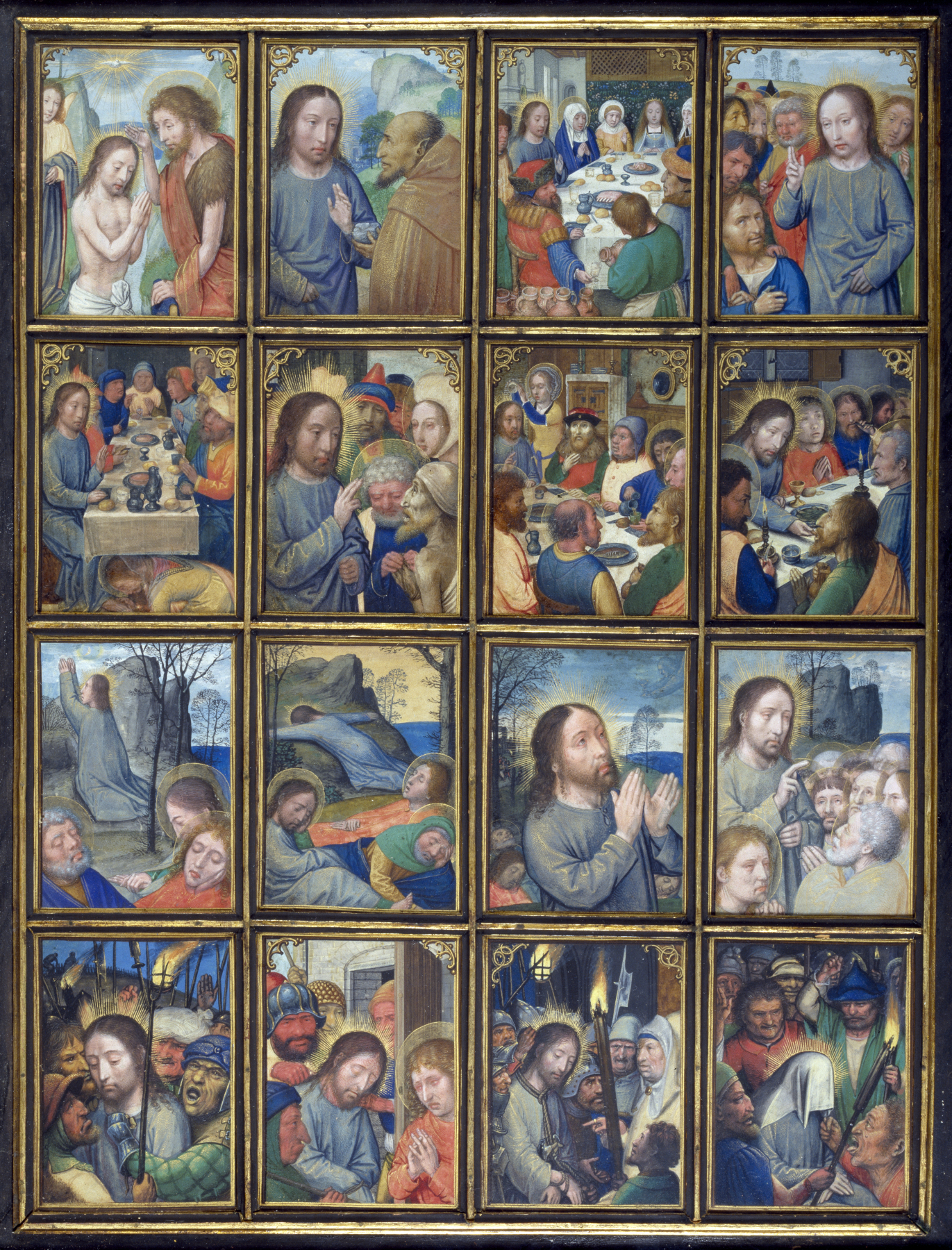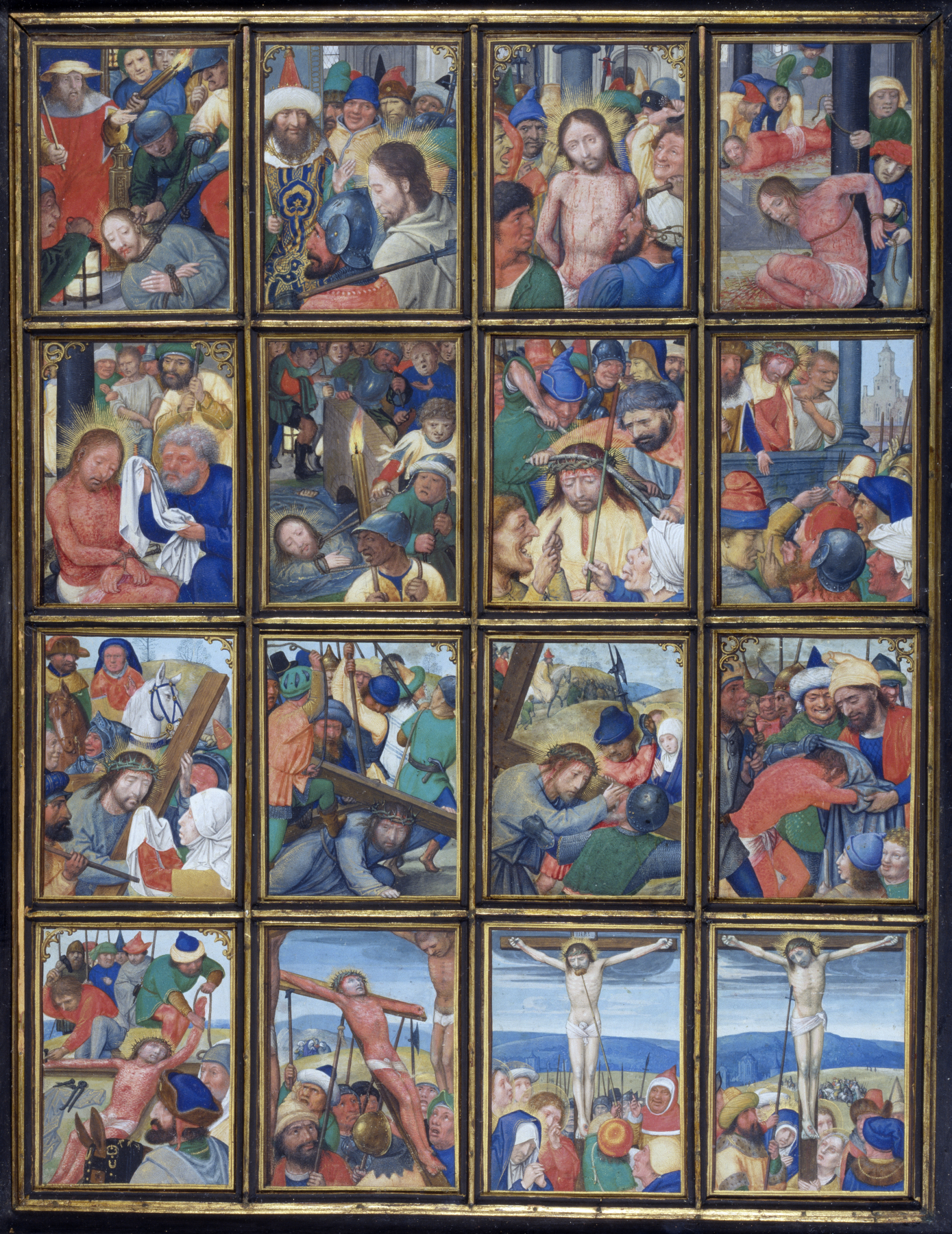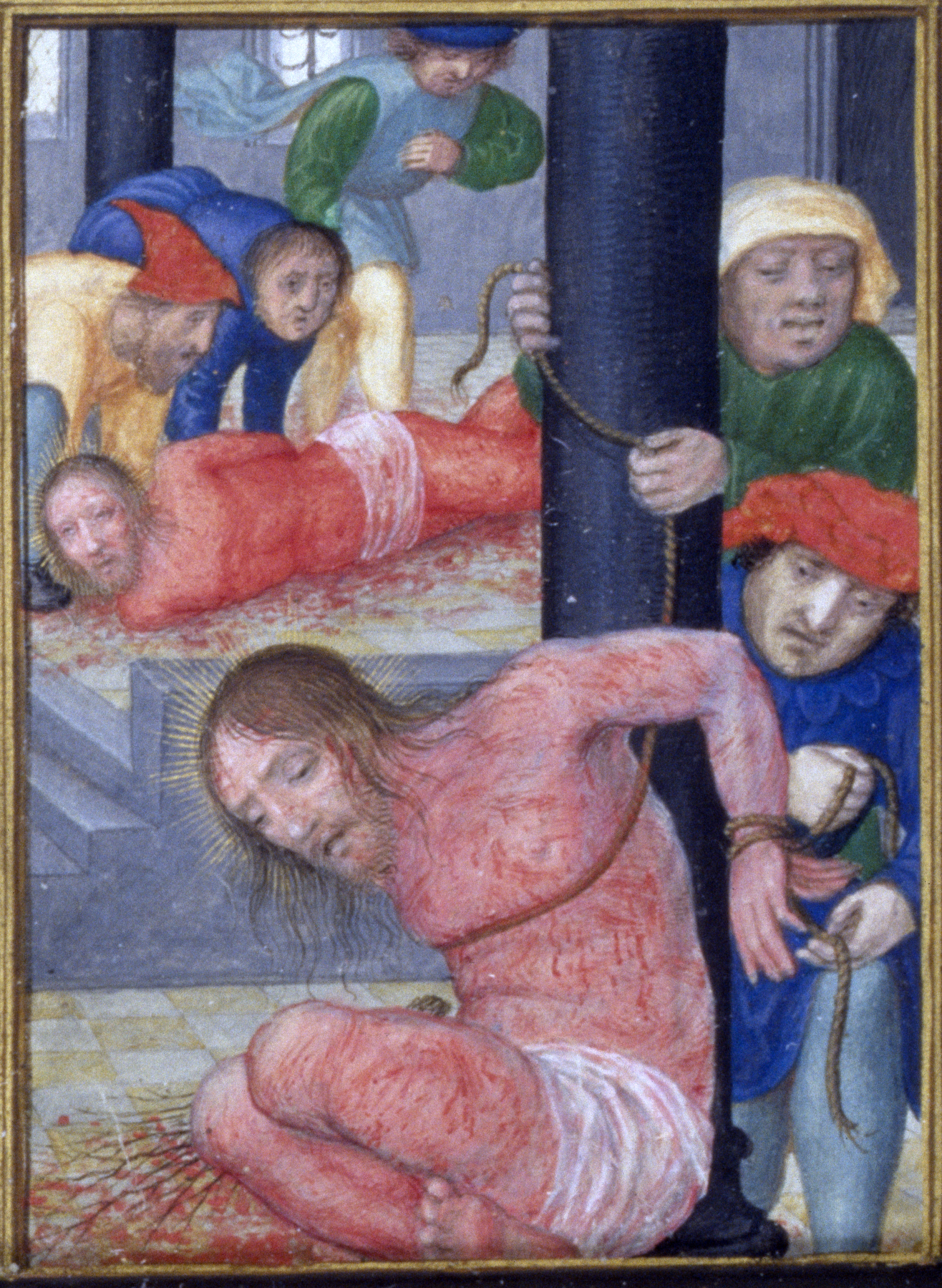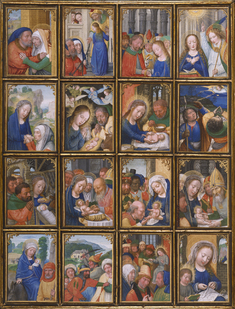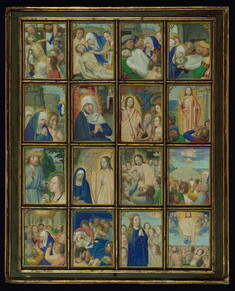Stein Quadriptych
Provenance
Provenance (from the French provenir, 'to come from/forth') is the chronology of the ownership, custody, or location of a historical object. Learn more about provenance at the Walters.
Possibly commissioned by Cardinal Albrecht, Bradenburg, ca. 1525-1530. Acquired by Charles Stein, Paris, mid-late 19th century; Stein Sale, Paris, Galerie Georges Petit, May 10, 1886, no. 241; purchased by Bourgeois, 1886. Unknown Spanish owner, ca. 1888 [1]. Acquired by Henry Walters, Baltimore, ca. 1910 [2]; by bequest to Walters Art Museum, 1931.
[1] Suggested by photographs taken by Maison Laurent in Madrid
[2] Receipt of April 13 1911 from Adams Express Co. and recorded in inventory by Walters Art Gallery Superintendent James C. Anderson
Exhibitions
| 2009-2010 | The Christmas Story: Picturing the Birth of Christ in Medieval Manuscripts. The Walters Art Museum, Baltimore. |
| 2003-2004 | Illuminating the Renaissance: The Triumph of Flemish Manuscript Painting in Europe. J. Paul Getty Museum, Los Angeles; Royal Academy of Arts, London. |
| 1998 | From Hans Memling to Pieter Pourbus. Memlingmuseum - Oud Sint-Janshospitaal, Bruges. |
| 1992 | Manuscript Illumination in Flanders. The Walters Art Gallery, Baltimore. |
| 1989 | Masters and Manuscripts: Or, How to Distinguish One Illuminator from Another. The Walters Art Gallery, Baltimore. |
| 1984-1985 | Illuminated Manuscripts: Masterpieces in Miniature. The Walters Art Gallery, Baltimore. |
| 1980 | Salute to Belgium. The Walters Art Gallery, Baltimore. |
Geographies
Belgium, Bruges (Place of Origin)
Measurements
Approx. H of individual miniatures: 2 3/4 x W: 1 15/16 in. (7 x 5 cm)
Credit Line
Acquired by Henry Walters
Location in Museum
Accession Number
In libraries, galleries, museums, and archives, an accession number is a unique identifier assigned to each object in the collection.
In libraries, galleries, museums, and archives, an accession number is a unique identifier assigned to each object in the collection.
W.442

